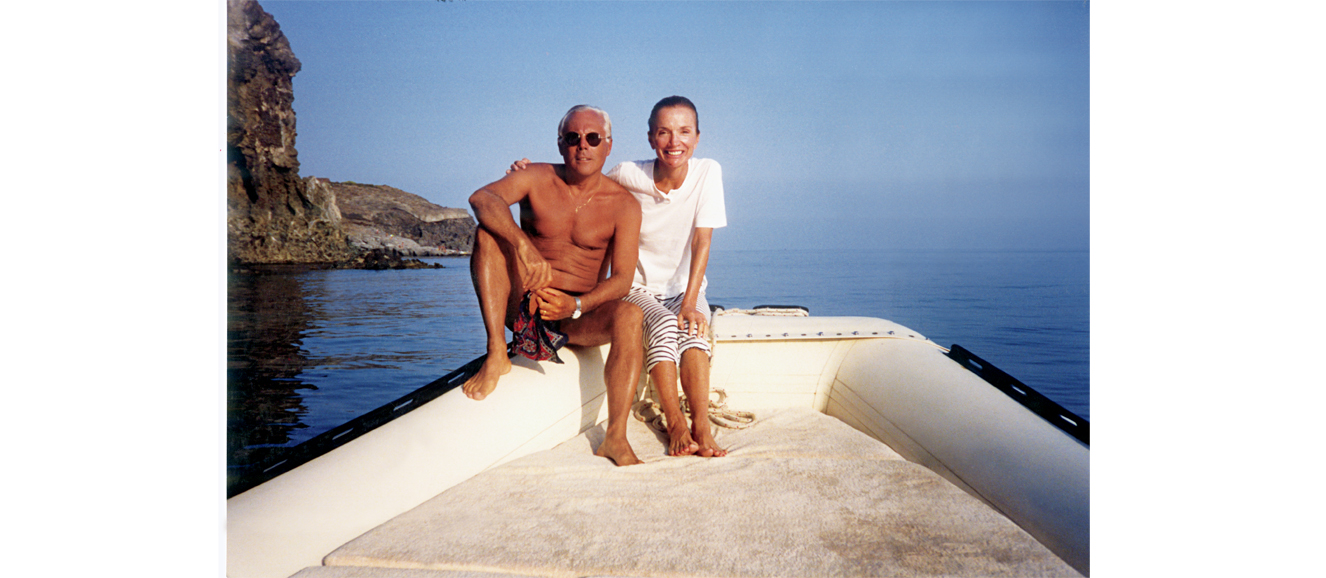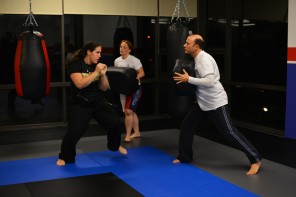In the introduction to “Lee” — Lee Radziwill’s charming new memoir (Assouline, 186 pages, 250 illustrations, $50) — longtime friend and Departures magazine Editor-in-Chief Richard David Story writes, “Lee lives very much ‘with’ the past, but never ‘in’ the past.”
It would be understandable had she chosen to avoid it altogether, given the tragedies she’s endured. But that is not the Radziwill style.
Recalling their first lunch in the Grill Room of The Four Seasons, Story writes, “She made me immediately comfortable, simultaneously transporting me to another time and another place, sometimes to a world that no longer exists but still flickers vividly from magazine covers and chandeliered evenings, summers in Montauk, and black and white balls and yes, November 22. I would later come to see and understand her dignity, in the face of great opportunity and privilege, but also in times of great sorrow.”
In this glamorous “scrapbook,” she has chosen to “accentuate the positive,” as the song says, offering sharp observations on many of the movers and shakers who shaped the second half of the 20th century along with an affectionate portrait of a woman with an abiding love of friends, family and the arts. Indeed, here is 16-year-old Caroline Lee Bouvier writing on Miss Porter’s School stationery to the eminent art historian Bernard Berenson, who had introduced her to the Villa I Tatti, The Harvard Center for Italian Renaissance Studies in Florence.
“I have often wondered how I could make myself completely happy and it was not until this year that I found out,” Radziwill writes in neat, fat print. “I am so terribly thrilled when I find anything concerned with art and (am) at the height of enjoyment in an art gallery or museum.”
Radziwill’s love of culture would manifest itself in her friendships with Rudolf Nureyev, Truman Capote and Andy Warhol and forays into interior design, fashion editing and theater and TV acting (“The Philadelphia Story” and “Laura,” respectively).
But perhaps her greatest role was as frank, keen-eyed witness to world events as wife, mother and sister. Writing of her 1962 trip to India with older sister Jacqueline Kennedy — great photo of the pair atop an elephant — Radziwill notes, “We were always surrounded by too many people — the banquet at the presidential mansion was absolute hell.” She describes costume designer and photographer Cecil Beaton as “mean and funny as hell … When he came back from doing the film ‘My Fair Lady,’ I asked, ‘Isn’t Audrey Hepburn a dream?’ To which he replied, ‘With those crannies and lakes in her neck?’”
You suspect, however, that the reader will be less interested in the Who’s Who and more taken with the intimate photos that illustrate Radziwill’s devotion to family. There’s a terrific shot of Prince Stanislaw “Stas” Radziwill — her second husband and father of her children, Anthony and Anna Christina — and President John F. Kennedy locked in an intense backgammon game in Jamaica in 1959. The prince studies the board. The president takes a break to light a cigarillo. Their casualness underscores their closeness.
Just as the photograph of the sisters at Robert F. Kennedy’s 1968 funeral Mass at St. Patrick’s Cathedral in Manhattan defines theirs. The widowed Jacqueline Kennedy’s face was by then a practiced study in meditative remove. (She wears the preoccupied air of the “Mona Lisa.”) But Lee Radziwill cannot mask the sorrow etched in hers. “With Jackie at Bobby’s funeral,” she captions the photo. “We were devastated.”
The many photos of the Kennedy-Radziwill cousins, too, are tinged with sorrow. There’s John F. Kennedy Jr. helping best friend Anthony Radziwill, an Emmy and Peabody award-winning TV producer, with his tie before the latter’s wedding. They would die within a month of each other in 1999 — Kennedy in a plane crash and Radziwill after a long battle with testicular cancer.
Leafing through these pages, you can’t help but think of all Lee Radziwill has lost, but that still remains, for she has leavened the bitter with the sweet.
“Berenson said so many wonderful and memorable things,” she writes, “chief among them that there are two categories of people: life diminishing and life enhancing. To this day, I think that is so true, and I still apply it in my life.”





